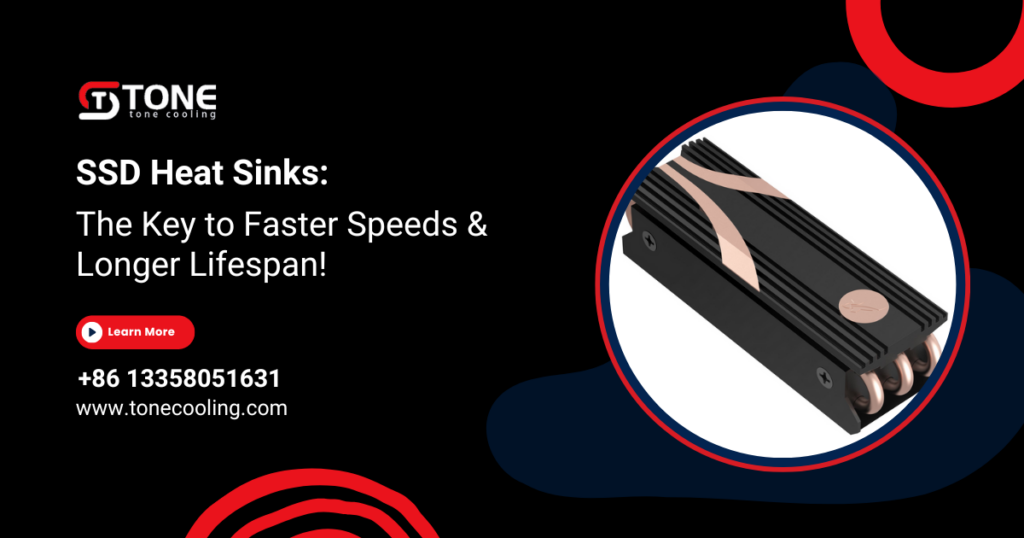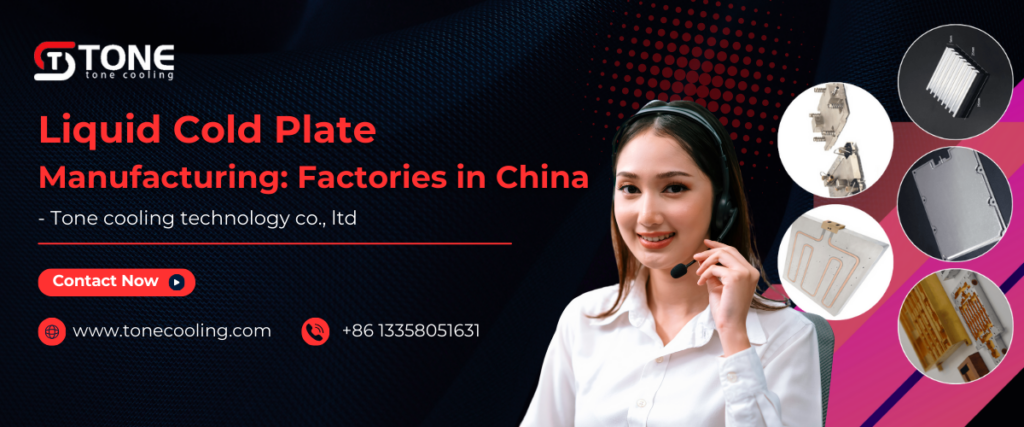
In today’s fast-paced digital world, solid-state drives (SSDs) have revolutionized storage solutions with their lightning-fast speeds, improved reliability, and energy efficiency. Whether you’re a gamer, content creator, or business professional, SSDs ensure quicker boot times, faster file transfers, and seamless multitasking. However, as SSDs become faster and more powerful, they also generate more heat, which can negatively impact performance, lifespan, and stability.
This is where an SSD heat sink becomes an essential cooling solution. Designed to dissipate heat efficiently, an SSD heat sink prevents thermal throttling, ensuring your drive operates at peak performance while extending its lifespan.
Why do SSDs overheat?

The Shift from HDDs to SSDs
Traditional hard disk drives (HDDs) relied on spinning disks and mechanical parts, making them prone to wear and tear. In contrast, solid-state drives (SSDs) use flash memory, eliminating moving parts and significantly improving speed, durability, and efficiency. However, the trade-off is that higher-speed SSDs—especially PCIe NVMe SSDs—generate more heat than their HDD counterparts.
Why Heat is a Problem for SSDs
When an SSD gets too hot, it can lead to:
⚠️ Thermal throttling: The SSD automatically reduces its speed to prevent damage, causing performance drops.
⚠️ Data corruption: excessive heat can interfere with the integrity of stored data, leading to errors or loss.
⚠️ Reduced lifespan: High temperatures can cause premature wear and tear, shortening the SSD’s overall lifespan.
To maintain optimal performance and longevity, proper cooling is essential—and that’s where an SSD heat sink comes into play.
How an SSD Heat Sink Works
An SSD heat sink is a small metal component, usually made of aluminum or copper, that attaches to the SSD. It works through three main cooling mechanisms:
- Conduction: The heat sink absorbs heat from the SSD’s controller and NAND chips.
- Convection: The heat sink increases surface area, allowing better airflow to cool the SSD.
- Radiation: The heat sink dissipates heat away from the SSD into the surrounding environment.
By efficiently removing heat, an SSD heat sink ensures that your drive runs cooler, faster, and longer without the risk of throttling or failure.
Benefits of Using an SSD Heat Sink
Using an SSD heat sink offers several advantages, including:
✅ Prevents Thermal Throttling
An SSD reduces speed when it reaches high temperatures to protect itself. A heat sink prevents overheating, allowing the SSD to run at maximum performance.
✅ Extends SSD Lifespan
Excess heat accelerates wear and tear on the SSD’s memory chips. Keeping it cool helps preserve its health and extend its lifespan.
✅ Improves System Stability
An overheated SSD can cause system crashes, errors, and even data corruption. A heat sink ensures stability, especially in high-performance applications.
✅ Enhances Gaming & Content Creation Performance
Gamers and video editors rely on fast SSD speeds for smooth gameplay and efficient file processing. With a heat sink, loading times remain fast and uninterrupted.
✅ Maintains Peak Read & Write Speeds
High temperatures slow down an SSD’s read/write speeds. A heat sink ensures consistent performance, making file transfers, boot times, and loading speeds more efficient.
✅ Essential for High-Speed NVMe SSDs
If you use a PCIe Gen 4 or Gen 5 NVMe SSD, an SSD heat sink is highly recommended to prevent excessive heat buildup from high-speed operations.
Types of SSD Heat Sinks
Not all SSD heat sinks are the same. Here are the most common types:
1. Aluminum SSD Heat Sinks
- Most common type
- Lightweight and affordable
- Provides good heat dissipation
2. Copper SSD Heat Sinks
- Superior heat conductivity compared to aluminum
- Heavier and more expensive
- Ideal for high-performance SSDs
3. Thermal Pad-Based SSD Heat Sinks
- Uses a thermal pad instead of metal fins
- Simple and easy to install
- Suitable for low- to mid-range SSDs
4. Active Cooling SSD Heat Sinks (with Fans)
- Uses a small fan to actively cool the SSD
- Best for extreme gaming and workstation setups
- Requires power from the motherboard
5. Integrated SSD Heatsinks (Built-in by Manufacturers)
- Some high-end SSDs come with pre-installed heat sinks
- Optimized for maximum cooling performance
How to Choose the Right SSD Heat Sink
When selecting an SSD heat sink, consider the following:
🔹 SSD Type & Size
- Check if your SSD is M.2 NVMe, SATA, or PCIe
- Ensure compatibility with your motherboard’s SSD slot dimensions
🔹 Cooling Efficiency
-If you have a high-performance SSD, choose copper or active cooling heat sinks
-For general use, an aluminum SSD heat sink is sufficient
🔹 Airflow & PC Case Space
- Some heat sinks are large and may interfere with other components
- Ensure proper airflow for effective cooling
🔹 Ease of Installation
- Some heat sinks require thermal pads, screws, or clips
- Choose one that fits your setup and skill level

How to Install an SSD Heat Sink
Installing an SSD heat sink is easy.
1️⃣ Clean the SSD: Wipe the SSD’s surface with isopropyl alcohol to remove dust and debris.
2️⃣ Apply a Thermal Pad: If included, attach the thermal pad to the SSD.
3️⃣ Attach the heat sink: Secure it using clips, screws, or adhesive strips.
4️⃣ Reinstall the SSD: Place the SSD into its M.2 or PCIe slot.
5️⃣ Check clearance: Ensure the heat sink doesn’t interfere with other components.
Once installed, monitor SSD temperatures using software like HWMonitor or CrystalDiskInfo to verify cooling effectiveness.
An SSD heat sink is a small but powerful upgrade that can boost performance, prevent overheating, and extend the lifespan of your SSD. Whether you’re a gamer, video editor, or tech enthusiast, investing in a high-quality SSD heat sink ensures your storage runs at peak efficiency without thermal throttling.
For reliable, high-performance SSD heat sinks, Tone Cooling Technology Co., Ltd. offers advanced cooling solutions tailored for NVMe, SATA, and PCIe SSDs. Upgrade your SSD cooling today and experience faster speeds, improved reliability, and longer-lasting performance! 🚀
FAQs
1. Do all SSDs need a heat sink?
Not all SSDs require one, but high-speed NVMe SSDs benefit greatly from a heat sink.
2. Can I install an SSD heat sink on a laptop?
It depends on the laptop’s internal space. Some thin laptops lack clearance for additional cooling solutions.
3. How much does an SSD heat sink improve temperatures?
An SSD heat sink can reduce temperatures by 10-20°C, significantly improving performance and longevity.
4. Are built-in SSD heat sinks better than aftermarket ones?
It depends on the design. Some aftermarket SSD heat sinks offer better cooling than factory-installed options.
5. Where can I buy high-quality SSD heat sinks?
Check out Tone Cooling Technology Co., Ltd. for premium SSD cooling solutions that enhance speed, stability, and lifespan! 🚀